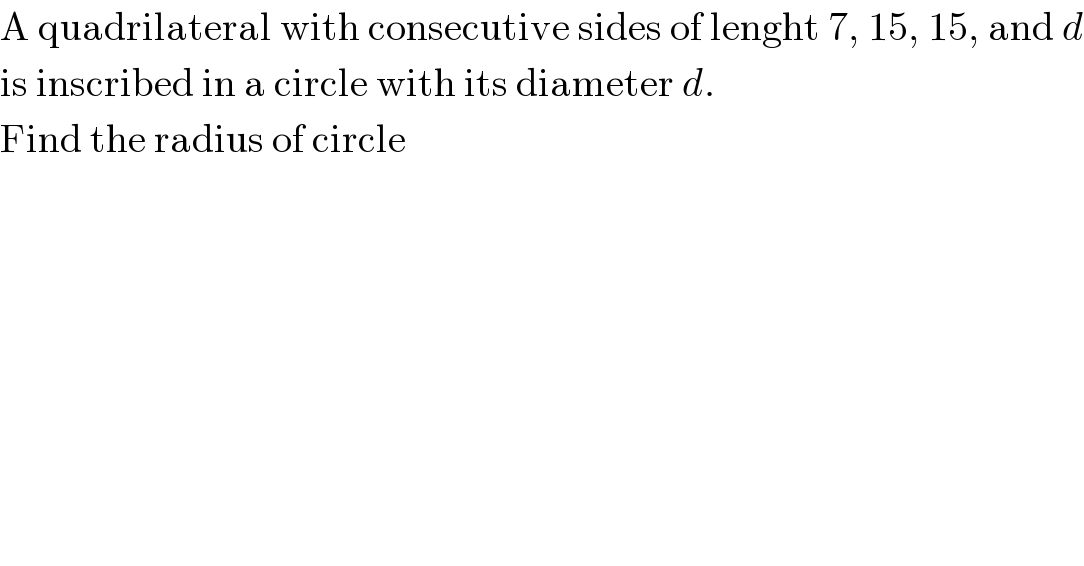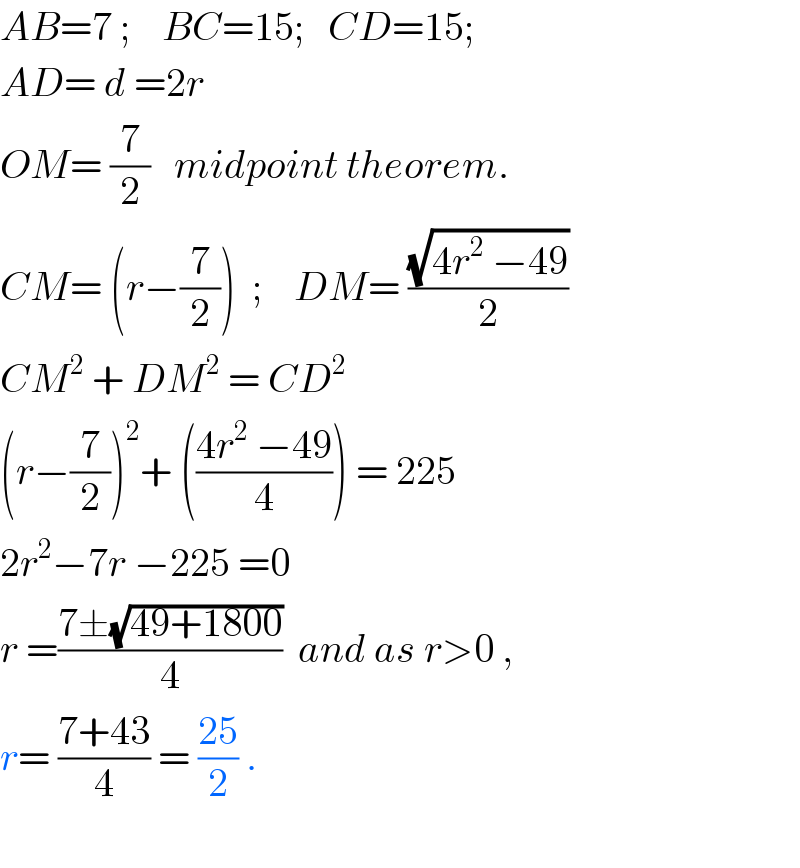
Question and Answers Forum
Question Number 11759 by Joel576 last updated on 31/Mar/17

Answered by ajfour last updated on 31/Mar/17

Commented by ajfour last updated on 31/Mar/17

Commented by Joel576 last updated on 31/Mar/17

Commented by Joel576 last updated on 01/Apr/17

Commented by ajfour last updated on 01/Apr/17

Commented by mrW1 last updated on 01/Apr/17

Commented by ajfour last updated on 01/Apr/17

